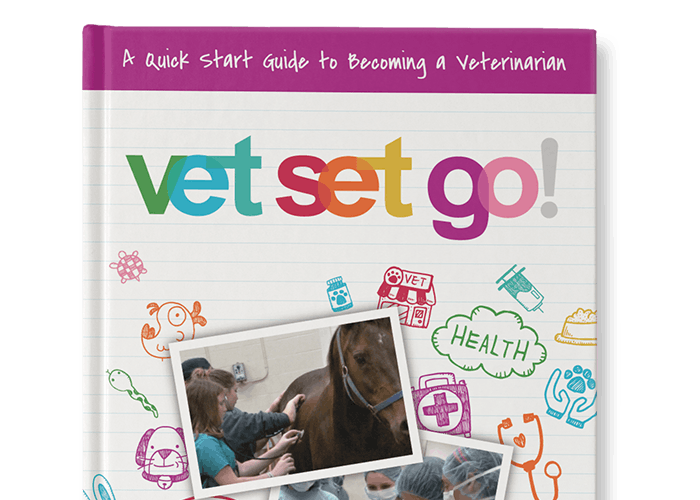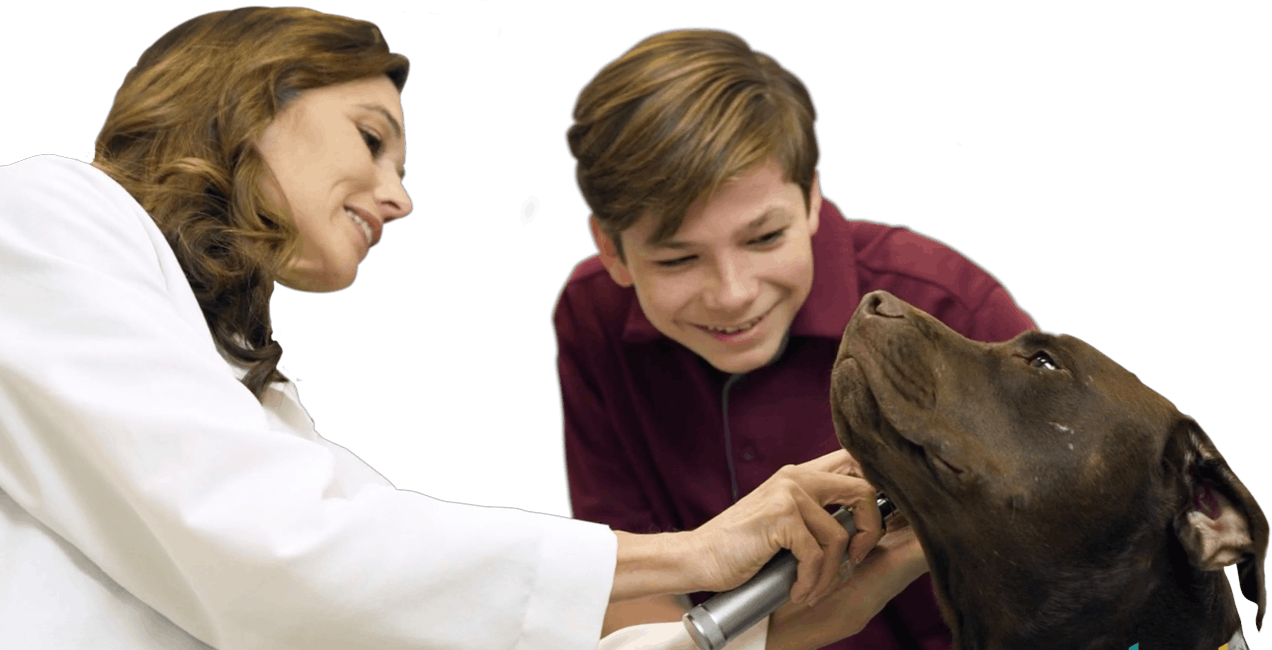Volunteering as an Iditarod Race Veterinarian
The Iditarod Race, also called “The Last Great Race on Earth,” started in 1973 to remember and honor the sled dog trip in 1925 that saved many of the children of Nome, Alaska. The children of Nome needed a vaccine or serum to prevent them from getting diphtheria, but the weather was too bad to take it by train or plane. So they used sled dogs to take the serum to Nome on the Iditarod trail. Today, the lives of the sled dogs that participate in the race each year are kept safe and healthy by volunteer veterinarians who go to Alaska and donate their time to take care of the sled dogs during the race.
Justine Lee, DVM is a veterinarian who has volunteered seven times for the Iditarod. Dr. Lee said, “I decided to be a vet when I was 7. I always loved pets when I was a child, from wildlife to farm animals to a few household pets that we had, and honestly I don’t know what I would be if not a vet…so this has just been a dream of mine.” Justine took several chemistry, biology, and math courses in junior high and high school to help her prepare for becoming a vet.
Justine became interested in the Iditarod in vet school, so when she was in her fourth year of veterinary school she volunteered on the Iditarod as a special research project. “That’s where I developed my passion for sled dog medicine. It’s unique in that it’s very, very different from companion animal medicine (taking care of pet dogs). It’s elite, marathon athletes that we’re working with.”
A few days before the race, all the vets meet at the Iditarod headquarters in Wasilla to examine approximately 80 teams of dogs that are racing. “All of the dogs that race have pre-race veterinary physical examinations; blood work to check their kidney function, liver function, white and red blood cells; and a heart monitor test performed (an electrocardiogram, or EKG). We also scan the dogs to make sure that they’re micro-chipped appropriately, and we check their vaccine records to make sure they are all up-to-date on their vaccines. The microchips are to make sure that all dogs are accounted for (the same dogs that finish the race must have started the race).”
After the race begins, veterinarians travel to and stay overnight at the first of the 20 or so various checkpoints on the trail and await the arrival of each race team. A checkpoint is where the teams stop along the trail and rest. During the rest period, the vets examine the dogs. The sleeping accommodations for the vets at each checkpoint can differ widely, and they are not always very comfortable. At some checkpoints, the vets are sleeping on the gym floor at the community center, while at others, they may have to stay in a freezing cold tent, or in a small cabin with no heat or running water. Even so, Justine says, “It’s really a fun trip for all the veterinarians and all the volunteers who help out on the trip.”
Justine believes it is important for the vets to be at the Iditarod Race because, “We as vets want to make sure the dogs are healthy. We’re looking out for the best welfare of the dogs. We are the ones who, besides the mushers, are examining every single dog that comes into a checkpoint. We’re examining, on average, around 1,000 dogs per day just to make sure they’re all healthy.”
According to Justine, volunteering at the race is a tiring but rewarding experience. “It’s a great experience because you meet phenomenal people and fantastic dogs. You get to explore certain parts of Alaska that no one else has ever been to. It’s really ‘bush Alaska’ that you’re seeing. A lot of local, native villagers come out to visit all the volunteers during the race, so you get to learn about the local Athabascan or Inuit culture, and you get to meet local kids and teachers. It’s a great way of experiencing a little bit of everything, all within a 2-week period of time.”
Justine says there are several characteristics that make a good Iditarod vet. “The first important quality would be flexibility, because plans and logistics change all the time. The next would be cooperativeness, which makes you a good team player. Communication and team work are so important when you’re working in really harsh conditions—weather-wise, eating-wise, and sleeping-wise.”
When asked if she will volunteer at the Iditarod again, Justine says, “I plan to continue it for a long time. Many of us take time out of our practice to do this, most often using our vacation time, but it’s definitely worth it to make sure these dogs are healthy. It’s also a great way to see bush Alaska and surround yourself with fantastic people and great working dogs. So, yes, I’ll definitely do it again!”
Justine advises any young person who is thinking about becoming a veterinarian to “Stick with your dreams and work really hard. Because, ultimately, the road to vet school is long, but it’s worth it. It’s a unique, diverse field where you can do whatever you want. If you want to work in a zoo, if you want to work with sea animals, or if you want to work in the middle of Alaska with Iditarod sled dogs, you can. There’s so much diversity and opportunity for veterinarians out there.”










Comments Add Comment
Want to add a comment?
In order to comment you need to login or join Vet Set Go